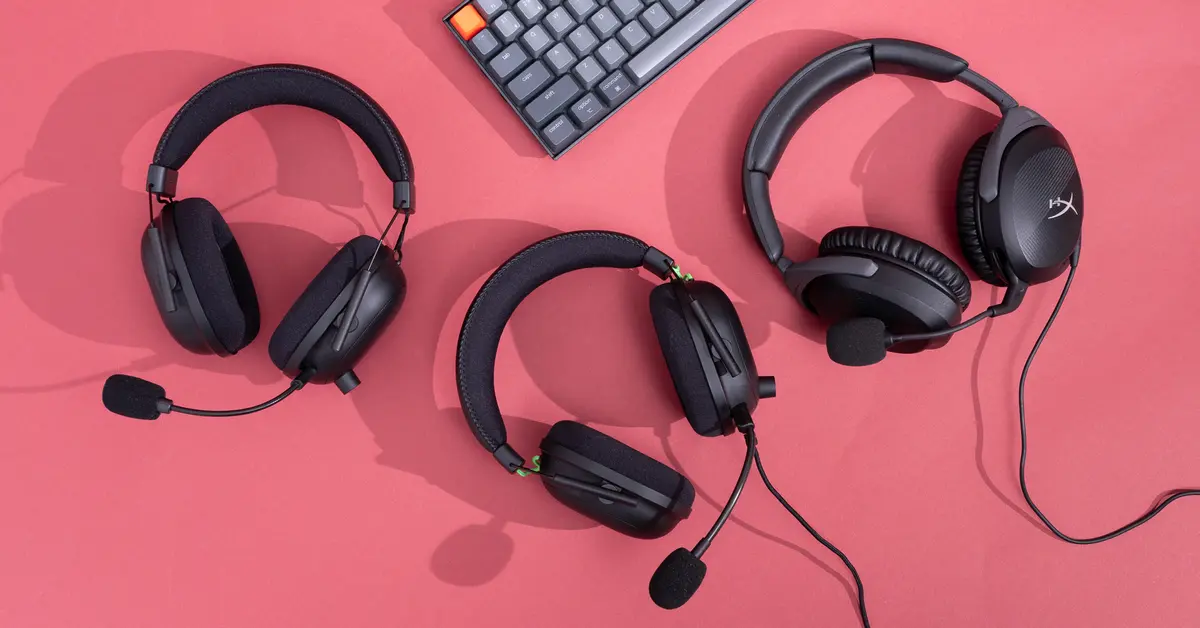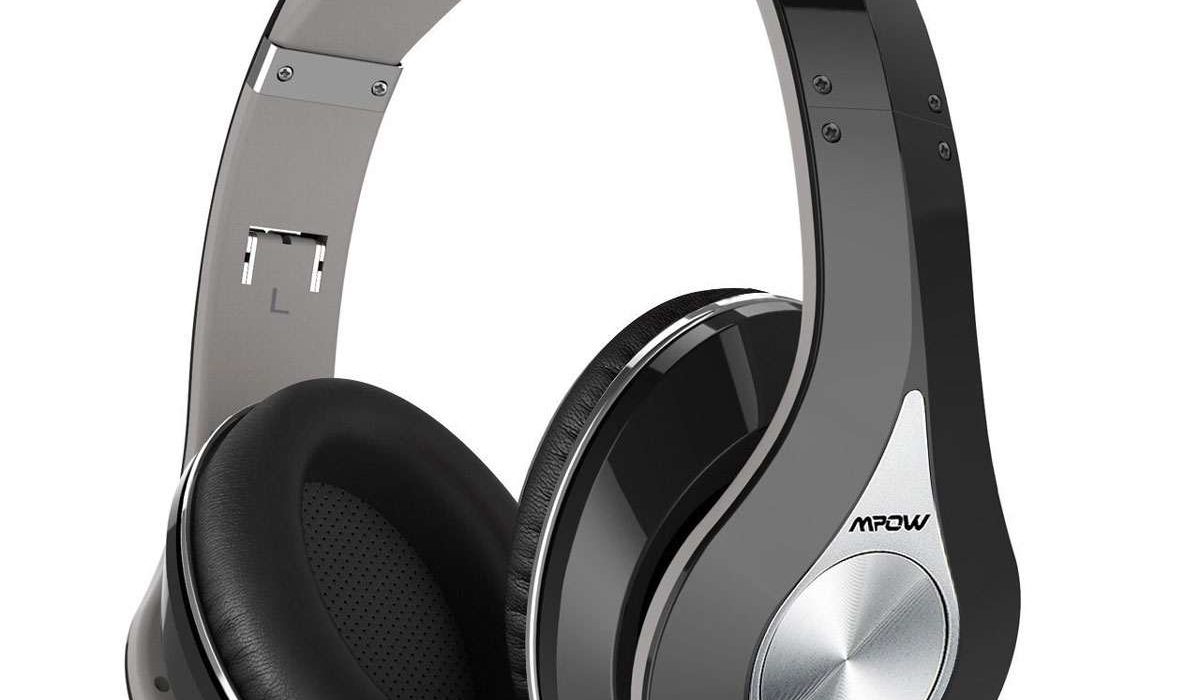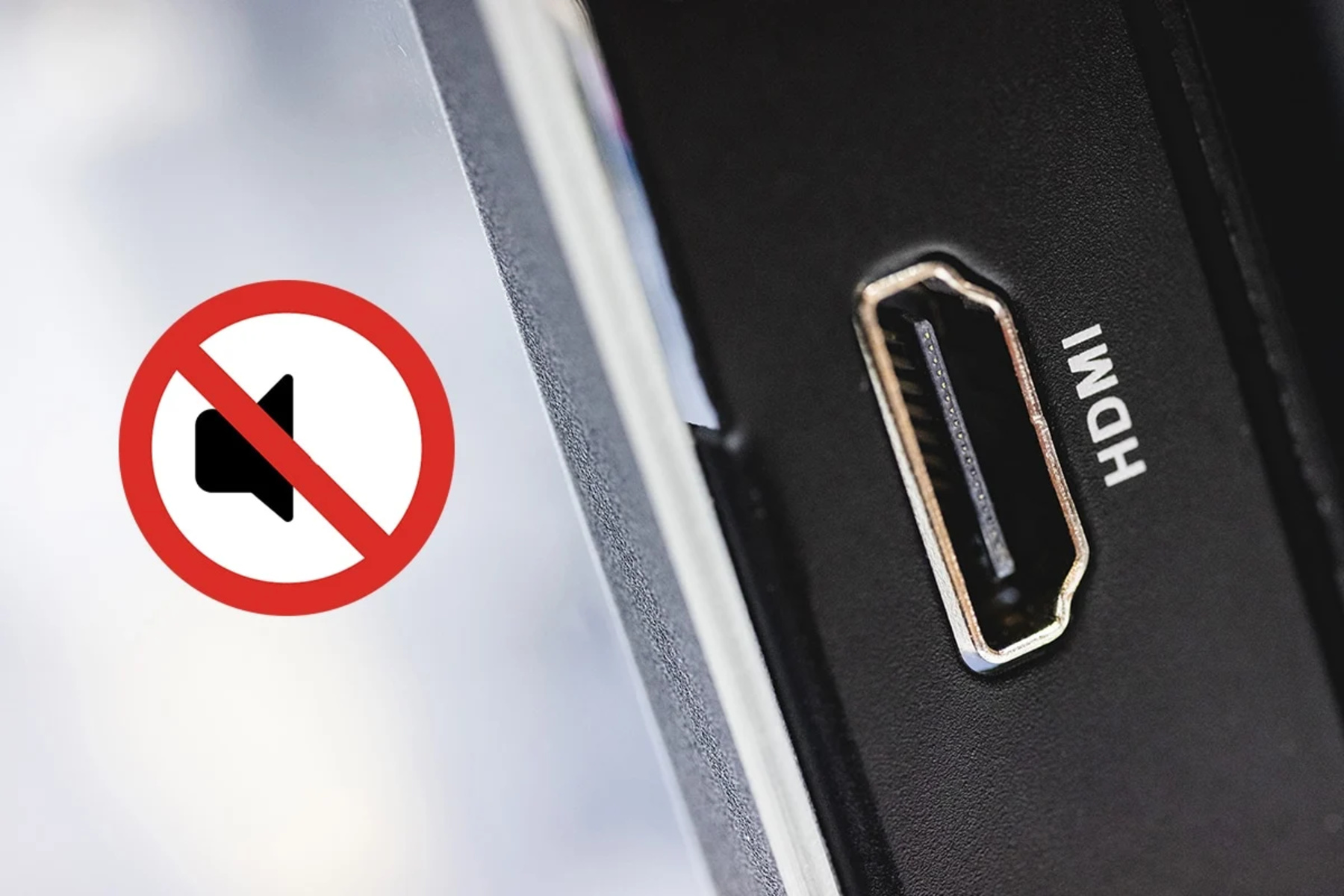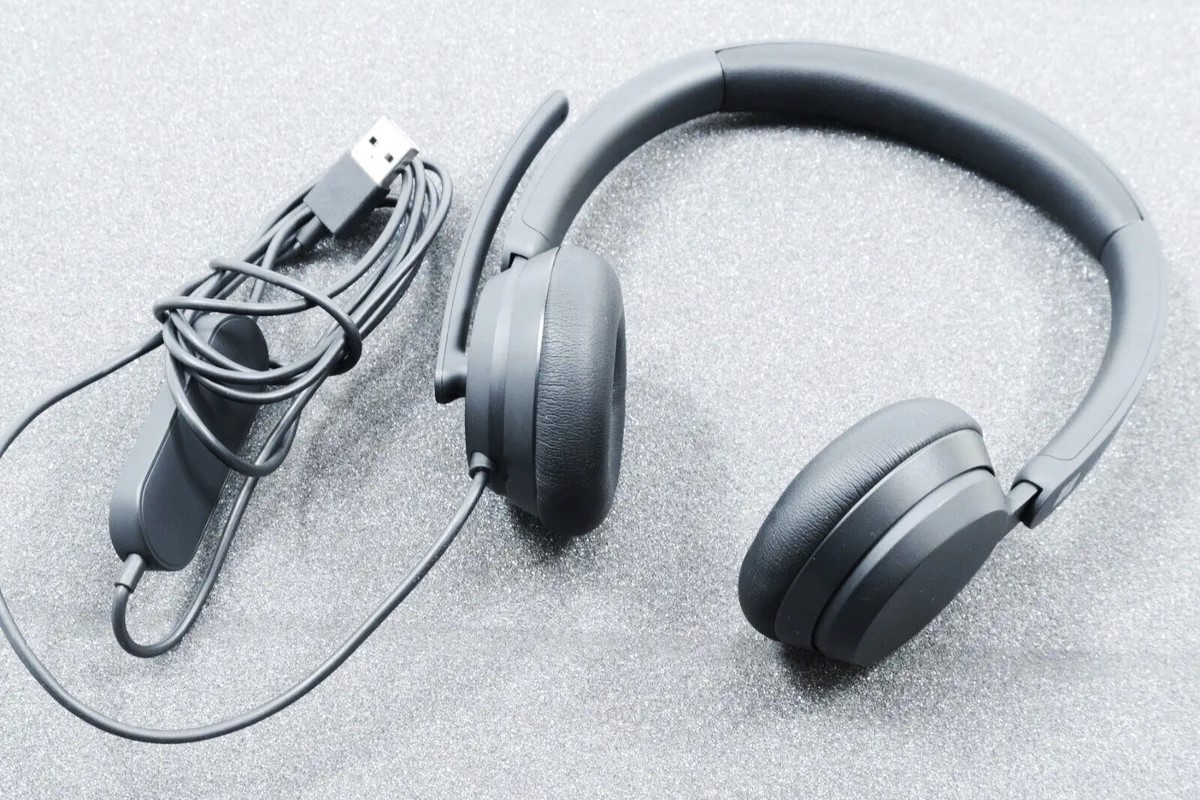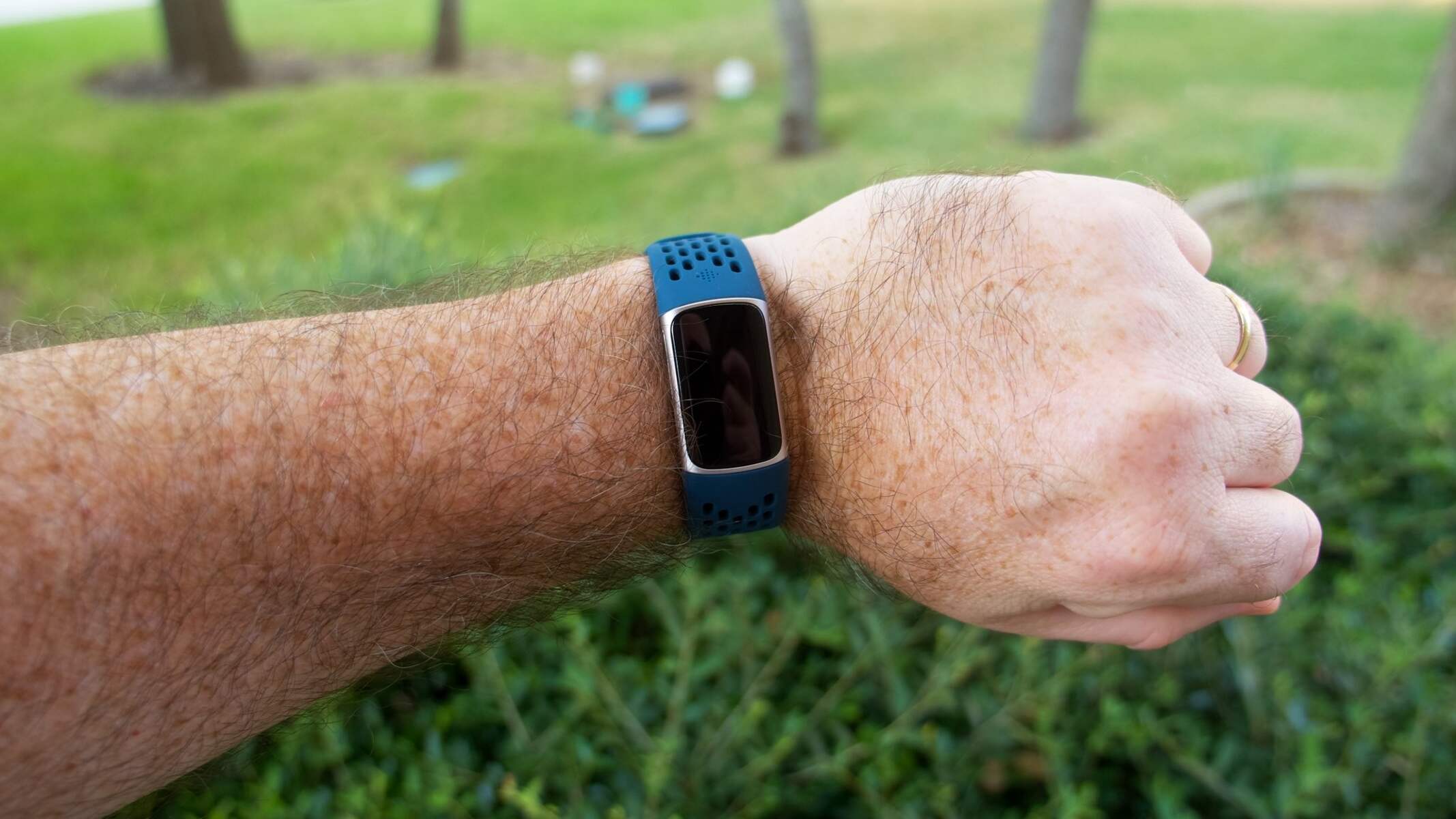Introduction
The Windows 10 Audio Dilemma: Hearing Yourself
Windows 10 is a versatile and widely used operating system, known for its user-friendly interface and comprehensive features. However, like any technology, it's not immune to issues. One common and frustrating problem that Windows 10 users encounter is the "hearing yourself" audio dilemma. This issue occurs when users experience an echo or feedback loop, where they can hear their own voice through their speakers or headphones during audio calls or recordings. This can be incredibly disruptive, causing discomfort and hindering effective communication.
Understanding the root cause of this audio dilemma is crucial for resolving it effectively. Whether you're using your computer for work, leisure, or staying connected with loved ones, a seamless audio experience is essential. In the following sections, we will delve into the various factors that contribute to this issue and explore troubleshooting techniques to help you overcome the Windows 10 Audio Dilemma. Let's embark on this journey to unravel the mysteries of audio troubleshooting in Windows 10 and restore harmony to your digital auditory experience.
Understanding the Windows 10 Audio Dilemma
The Windows 10 Audio Dilemma: Hearing Yourself is a perplexing issue that can disrupt various audio-related activities on your computer. When encountering this problem, users often find themselves in an unexpected auditory loop, where their own voice is echoed back through their speakers or headphones. This phenomenon can occur during voice calls, video conferences, or while recording audio, leading to discomfort and communication barriers.
Several factors can contribute to this audio dilemma. One common culprit is the presence of multiple audio input and output devices. Windows 10, like many modern operating systems, supports various audio peripherals, including built-in microphones, external microphones, speakers, headphones, and Bluetooth devices. When multiple devices are active simultaneously, Windows 10 may struggle to manage the audio inputs and outputs effectively, resulting in the infamous audio echo.
Furthermore, software conflicts and driver issues can exacerbate the problem. Outdated or incompatible audio drivers can lead to erratic behavior, causing echoes and feedback loops. Additionally, certain applications or system settings may inadvertently interfere with the audio configuration, amplifying the likelihood of experiencing the audio dilemma.
Environmental factors also play a role in this perplexing issue. The acoustics of your physical environment, such as the presence of hard surfaces that reflect sound, can contribute to audio reflections that manifest as echoes. Moreover, the proximity of the microphone to the speakers can create a feedback loop, as the microphone picks up the sound from the speakers and reintroduces it into the audio stream.
Understanding the multifaceted nature of the Windows 10 Audio Dilemma is essential for effective troubleshooting. By identifying the potential triggers and underlying causes, users can take targeted steps to address the issue and restore optimal audio functionality on their Windows 10 devices. In the next section, we will explore practical troubleshooting techniques to help you overcome this challenging audio dilemma and reclaim a seamless audio experience on your Windows 10 system.
Troubleshooting the Issue
1. Device Configuration and Settings
a. Select Default Audio Devices
Ensure that the correct audio input and output devices are set as default in Windows 10. Navigate to the Sound settings and verify that the appropriate microphone and speakers/headphones are selected as the default devices. This can help prevent conflicts and ensure that audio is routed correctly.
b. Disable Unused Devices
If multiple audio devices are active, consider disabling the ones not in use. This can minimize potential conflicts and streamline the audio pathways, reducing the likelihood of echo and feedback issues.
2. Update Audio Drivers
a. Check for Driver Updates
Visit the website of your audio device manufacturer or the computer's manufacturer to download and install the latest audio drivers compatible with Windows 10. Updated drivers can address compatibility issues and enhance the stability of audio devices, potentially resolving echo problems.
3. Adjust Sound Settings
a. Microphone Sensitivity
Fine-tune the microphone sensitivity settings to reduce the likelihood of picking up ambient sound or audio from the speakers. Lowering the microphone sensitivity can help mitigate echo and feedback by minimizing unintended audio input.
b. Speaker Volume and Placement
Adjust the volume of speakers and the placement of microphones to minimize the possibility of audio feedback. Lowering speaker volume and positioning microphones away from the speakers can reduce the chances of sound being picked up and reintroduced into the audio stream.
4. Environmental Considerations
a. Acoustic Treatment
If echoes persist, consider optimizing the acoustic environment by adding sound-absorbing materials or repositioning furniture to minimize sound reflections. Creating a more acoustically controlled space can mitigate echo-related issues.
5. Application and System Settings
a. Check Communication Applications
Review the audio settings within communication applications such as Skype, Zoom, or Microsoft Teams. Ensure that the correct audio devices are selected and that any built-in echo cancellation features are enabled.
b. System Sound Enhancements
Disable any sound enhancements in the Windows Sound settings. While these features aim to improve audio quality, they can sometimes introduce unintended effects, including echo and feedback.
By following these troubleshooting steps, users can address the Windows 10 Audio Dilemma: Hearing Yourself and regain control over their audio experience. Identifying and addressing the root causes of the issue empowers users to optimize their audio configurations and enjoy seamless communication and multimedia experiences on their Windows 10 devices.
Conclusion
In conclusion, the Windows 10 Audio Dilemma: Hearing Yourself is a persistent challenge that can disrupt various audio-related activities on Windows 10 devices. However, armed with a deeper understanding of the factors contributing to this issue and equipped with targeted troubleshooting techniques, users can effectively address and overcome the audio echo and feedback problem.
By navigating through the intricacies of device configuration and settings, users can ensure that the correct audio input and output devices are selected as defaults, minimizing conflicts and streamlining audio pathways. Disabling unused devices further reduces the potential for audio conflicts, contributing to a more stable audio environment.
Updating audio drivers is paramount in addressing compatibility issues and enhancing the stability of audio devices. By obtaining the latest drivers compatible with Windows 10, users can leverage the improvements and bug fixes provided by manufacturers, potentially resolving echo and feedback problems.
Fine-tuning sound settings, including microphone sensitivity and speaker volume and placement, empowers users to mitigate the likelihood of audio feedback. These adjustments play a crucial role in creating an optimized audio environment, reducing the chances of unintended sound reflections and feedback loops.
Environmental considerations, such as acoustic treatment, offer a holistic approach to addressing the audio dilemma. By optimizing the physical space to minimize sound reflections and echoes, users can create an acoustically controlled environment conducive to clear and uninterrupted audio experiences.
Furthermore, reviewing and adjusting settings within communication applications and disabling sound enhancements in Windows Sound settings contribute to a comprehensive approach to resolving the audio echo and feedback problem.
In essence, addressing the Windows 10 Audio Dilemma: Hearing Yourself requires a multifaceted approach that encompasses device management, driver updates, sound adjustments, environmental considerations, and application settings. By implementing these troubleshooting techniques, users can reclaim a seamless audio experience on their Windows 10 devices, fostering clear communication, productive collaborations, and immersive multimedia experiences.
With a proactive mindset and the knowledge gained from this exploration of audio troubleshooting, users can navigate the complexities of the Windows 10 Audio Dilemma with confidence, ensuring that their digital auditory experiences remain uninterrupted and enriching.







